Simone Young conducts Gurrelieder
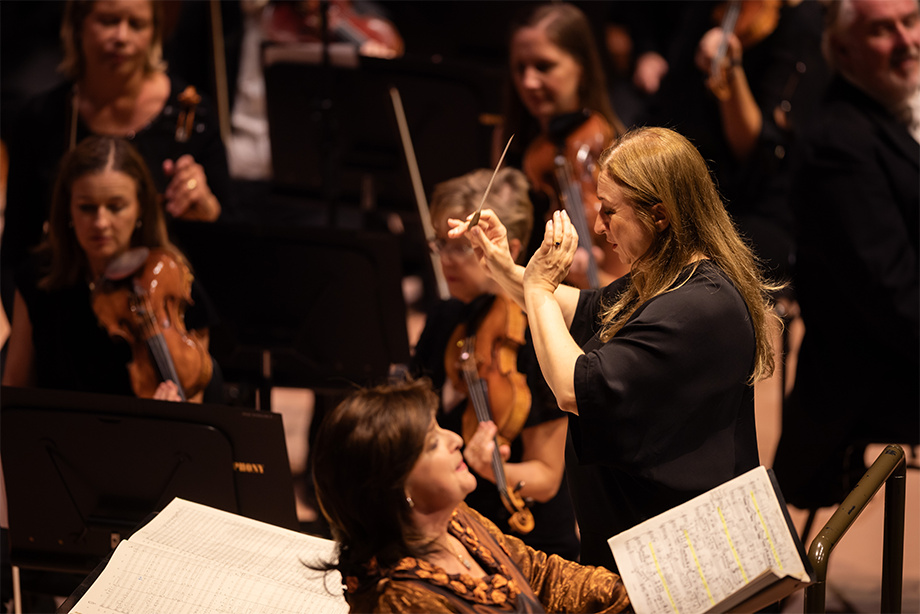
What is Gurrelieder? Arnold Schoenberg’s massive cantata, or oratorio, or symphonic psychodrama, is technically a song cycle, presenting ‘Songs of Gurre’, a small Danish settlement best known for its crumbling medieval castle. A five-part sequence of naturalist poems, by the Danish ‘Modern Breakthrough’ writer and botanist Jens Peter Jacobsen, became the text of Schoenberg’s cycle, in a lacklustre German translation by Robert Franz Arnold, to which Schoenberg made few revisions.
Conceived at the turn of the twentieth century for soprano and tenor with piano accompaniment, Schoenberg’s work soon busted through any salon constraints, effecting a 100-minute work for extraordinary resources: a gargantuan orchestra, with six vocal soloists, joined in later sections by four choirs, three male and one mixed. Gurrelieder’s Viennese première of 1913 involved 757 instrumentalists and voices, thereby posing an everlasting dilemma of where you fit that other essential element of any performance, the audience. Friday’s Ides-of-March première at the Sydney Opera House was more economical, with just four hundred musicians, but still needed to reassign the first ten rows of the Concert Hall’s stalls for the stage overflow.
Continue reading for only $10 per month. Subscribe and gain full access to Australian Book Review. Already a subscriber? Sign in. If you need assistance, feel free to contact us.



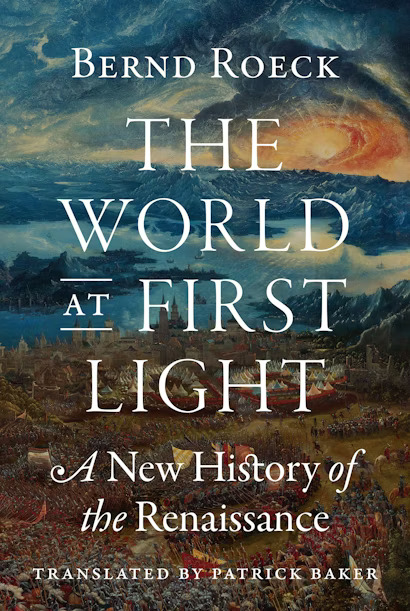

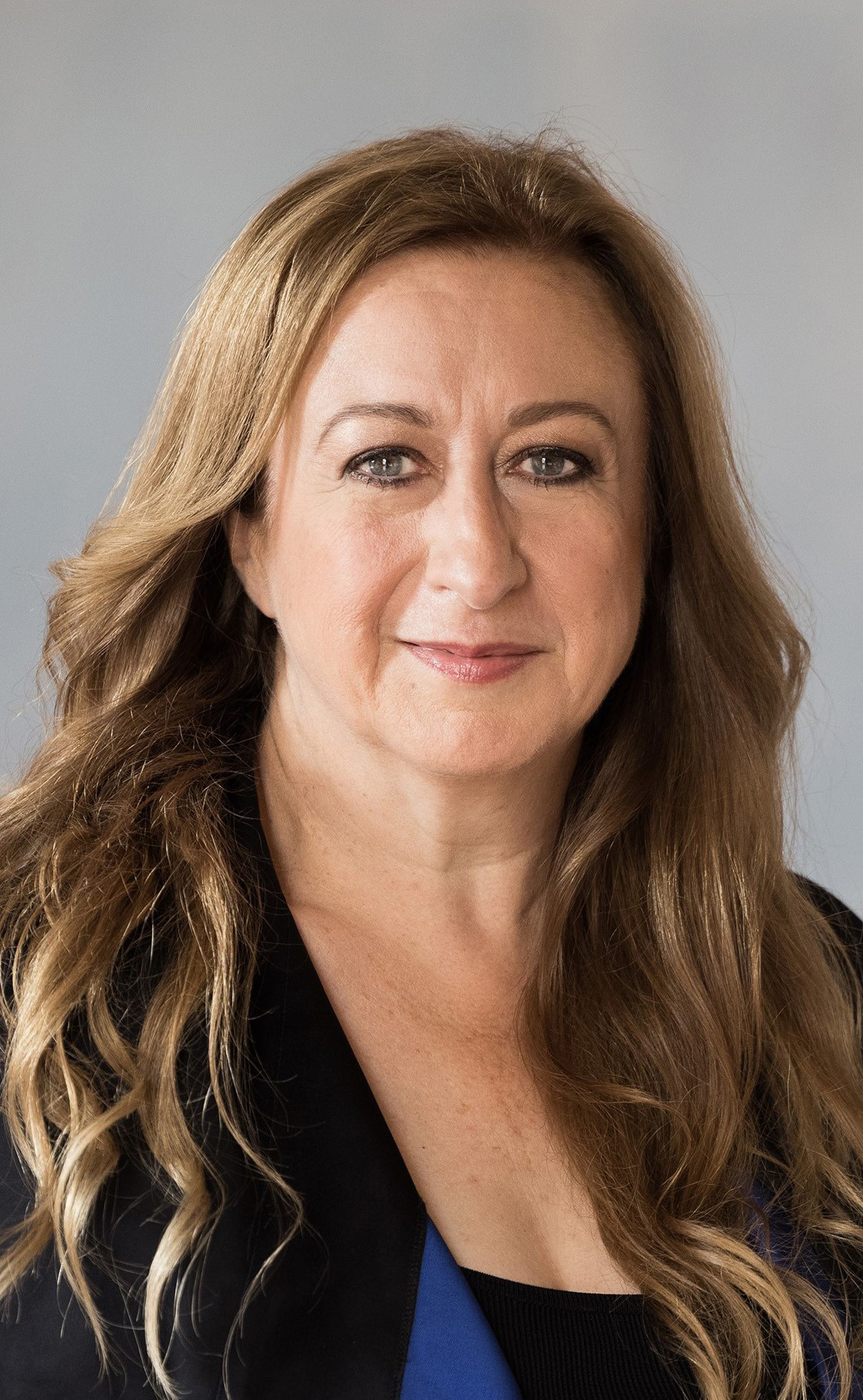

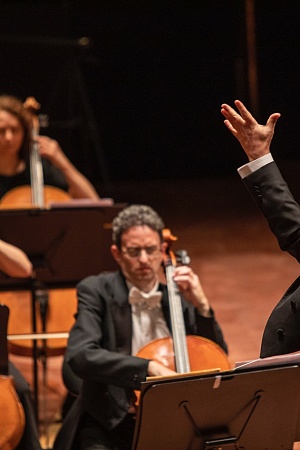

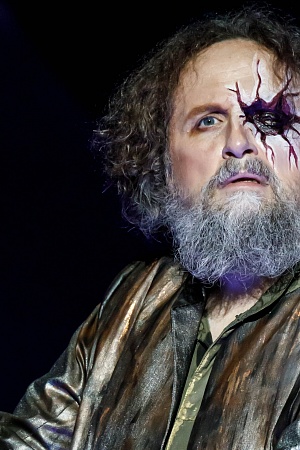

Comments (3)
Artists have long conversations about what Schoenberg wanted Gurrelieder to sound like, and most recordings aren't all that satisfying, to my ear. Warwick Fyfe has a considerable Helden-baritone. He could not ‘talk’ it in what you might consider a normal speaking voice if he tried. He isn't employed to produce a ‘normal’ conversational sound. He is a Wagnerian opera star. If you take a look at his head, he has bone structure for great resonance. One could take exception to his sort of voice being used for the work, but Maestra Young chose him for the role, and I believe she made an excellent artistic choice. She is exquisitely capable artistically. So is Warwick Fyfe. Mr Gilles, you are right that Sprechstimme is worth an academic discussion, but when you call out an artist and dispute his actual sound, a sound he makes that fills opera houses, you are criticising something that Fyfe cannot change about himself. Nor should he ever try. That sound he makes is one that people pay good money to hear. When they see him in a line-up, they are assured that the performance will be one of high artistic integrity.
I suggest that you take a look at the actual score before forming an opinion about how the speaker should be interpreted. It should help.
Leave a comment
If you are an ABR subscriber, you will need to sign in to post a comment.
If you have forgotten your sign in details, or if you receive an error message when trying to submit your comment, please email your comment (and the name of the article to which it relates) to ABR Comments. We will review your comment and, subject to approval, we will post it under your name.
Please note that all comments must be approved by ABR and comply with our Terms & Conditions.